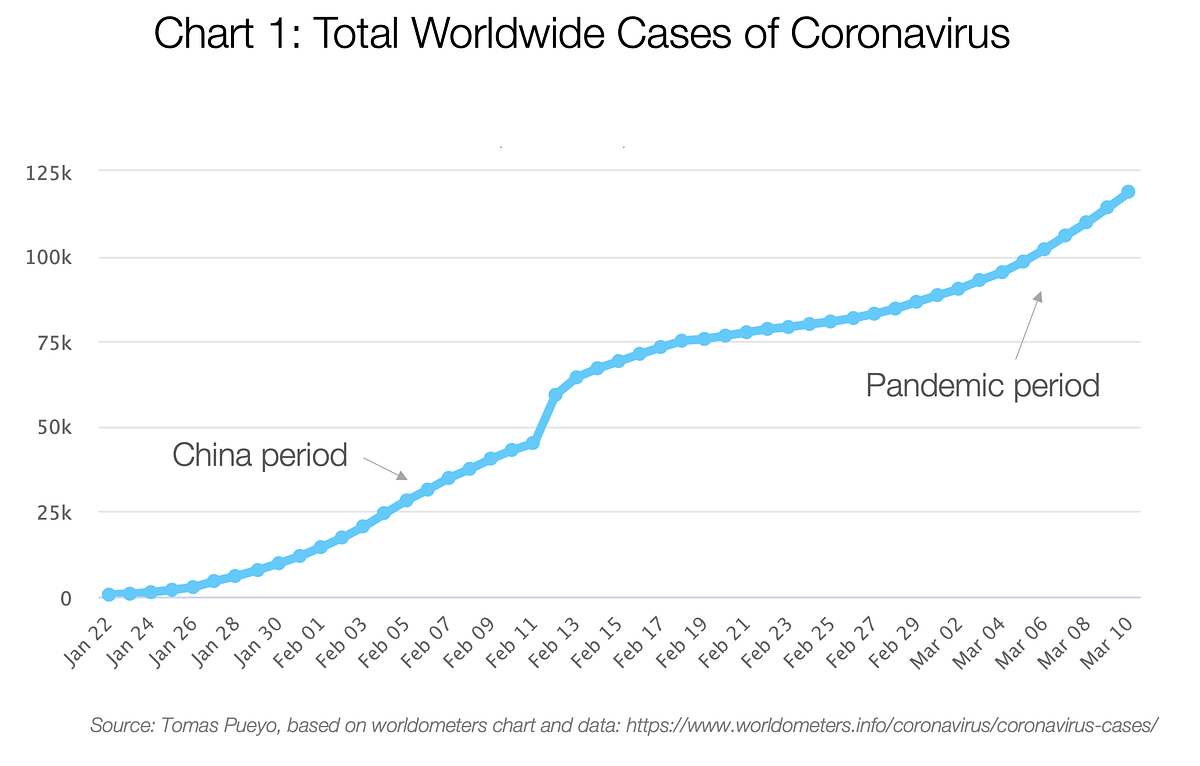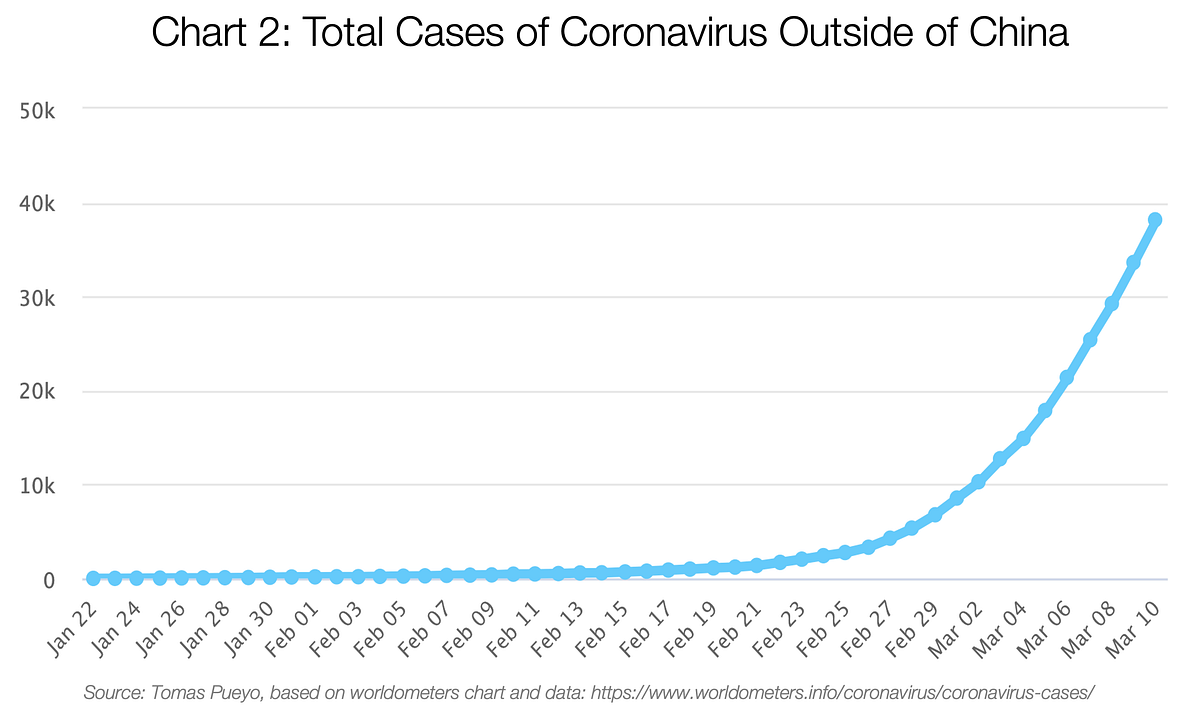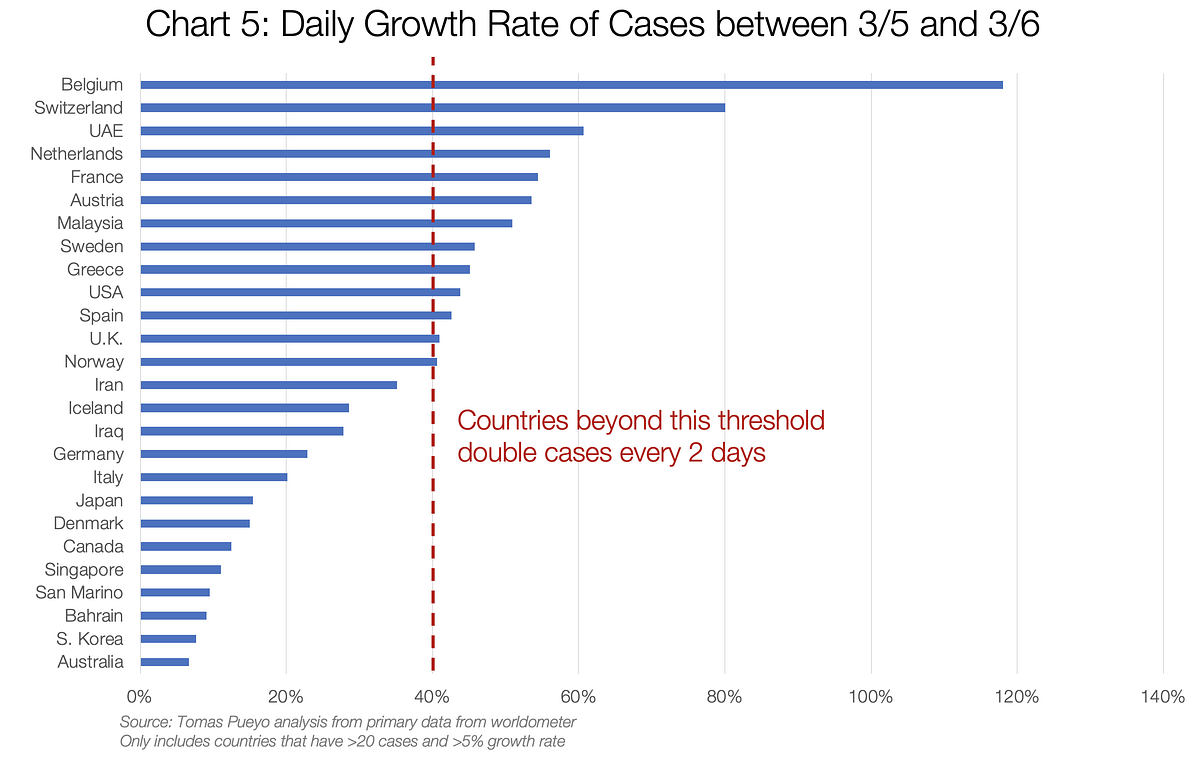COVID-19: Infection, Isolation and Action, As Editor, A Sense of Place Magazine, 16 March, 2020.
COVID-19: Infection, Isolation and Action
By Dr Cathie Hull with Pearls & Irritations
I was caught unawares by being exposed to COVID-19, despite thorough knowledge of the online medical research. I am now in home isolation. If I can be caught unawares, you can too.
I am an emergency doctor working at Ryde Hospital in Sydney. Highly motivated in a frontline job, I have devoted at least an hour a day to journals and reports on coronavirus since early January 2020.
Our community demographic includes a large Chinese and very mixed migrant population. The news worsened in the Christmas-January holiday, before Chinese New Year. We had bushfires at home, and a new virus in China. I know that many in our local community travel overseas frequently. Some leave their young children to be cared for by relatives in China.
When my own daughter returned to London via Hong Kong on 13th January, I was concerned but not anxious.
Not long after, I was exposed to the virus: on 23rd February, in my own department.
A colleague was ill that Sunday 23rd evening and he was encouraged to leave work early. He was subsequently tested for COVID -19. His nasopharyngeal (nose and throat) swab was negative. Twice. He deteriorated and was admitted to ICU that week. His chest CT was consistent with reported COVID-19 findings.
The negative results on a sick patient were falsely reassuring. I was perfectly well. I worked another shift a few days later. I went out with friends.
Then suddenly everything changed. Later testing by different techniques proved he was positive for COVID-19.
I was called and went immediately into isolation, seven days after I’d last seen him. So did others. We were anxious for our sick friend in ICU.
Those who had shared that shift were quarantined. Because we were very busy and working in separate spaces that evening, I did not have much exposure to our sick doctor. But how much is enough?
Health workers understand quarantine and take its restrictions very seriously. We did not go out to shop. We did not get close to others. But this was only possible once we knew!
Isolation after exposure is scary because there is time to consider the risks. That leads to worrying days of information gathering, sharing and overload, pondering any slight change in our bodies and enduring long anxious nights. We call each other and talk. We worry about our families, our friends and our future, our sick doctor, our hospital colleagues, our responsibilities, and our community. Over 60, I have lifelong asthma and I’m allergic to medications that may be needed for secondary infections. I packed a bag ready for hospital.
Once media revealed the story, we added the anxieties of family, friends and patients, with constant calls, texts and questions, worrying about us, worrying about themselves, asking for advice and for the knowledge we don’t have.
We’ve been monitored each day by the Public Health Unit of our Local Health District. They check that I’m well, and that I’m isolated. Yes, and yes, I say.
I need fresh air and exercise, meticulously avoiding others if I leave home. Night walks with the dog. Thank heavens for the dog. And for friends and family who leave my coffee and the shopping on the yellow chair outside the front door.
We are watchful for new cases at work and elsewhere. Obsessed. We are amazed we have NO spare time!
The Ministry has tried to explain and update transparently. However, preparations for more and more cases are already behind the need for them.
Workers are ill, or in isolation, or worried to go to work. Healthcare workers have died elsewhere. Facilities are short-staffed. Work safety, especially in smaller institutions or general practice, is threatened by lack of consistent guidelines, inadequate protective clothing, design of safe places for changing gowns, and by not knowing with which patients protection is needed. Retired doctors can’t fill gaps in service. Already out of practice by definition, at least by age they are in a high-risk group.
Among reasons for potentially under-diagnosed community spread, this is a new disease that is unfamiliar. We know that COVID-19 illness can be mild or asymptomatic. Not all people have fever. Not all people have a cough. Some have abdominal pain. Those infected don’t know they have it. We know people are not necessarily honest or careful about their travel history. (In Singapore, lying about travel history has been made a criminal offence.) As I write, we still don’t know how hard it is to catch, how my colleague became infected, whether people are infectious before showing signs of illness (we think they are: 1 day? 2 days? More?) Other unanswered questions: Are they infectious after they “recover”? Can they get it again?
To protect everyone, especially the elderly and vulnerable, we should right now isolate people at home for two weeks, to try to contain spread. Two weeks now will be difficult and expensive, but at least most people will be well. Taking this action later will be much harder. People half-expect strong government action similar to other affected countries. We should close schools, universities and many businesses to reduce new cases, enable preparations, ramp up arrangements for protective and supportive equipment, increase capacity in hospitals, free and create ICU beds for life support. We are teaching people how to keep as safe as possible. We can isolate returning travellers, work from home. Most of all we must properly guide and protect our health workers.
Already we advocate avoiding unnecessary travel and close personal contact, efficient hand-washing and responsible cleaning of surfaces and body fluids, and for health workers and carers, using masks, gowns, gloves and eye protection of high quality. These are our current defences.
Committing to isolation to slow spread at this critical stage, and reducing close contact when possible, may help us to manage the weeks and months before we have a vaccine, or forms of treatment, to lessen the impact of COVID-19 disease.
Let’s do it!
Cathie Hull is a Career Medical Officer in Emergency in clinical practice and an Associate of the Menzies Centre for Health Policy, University of Sydney, with a background in public health, medical education and health promotion.
This story was originally published on Australia’s leading public policy site Pearls and Irritations.






